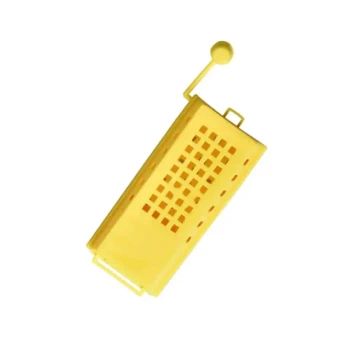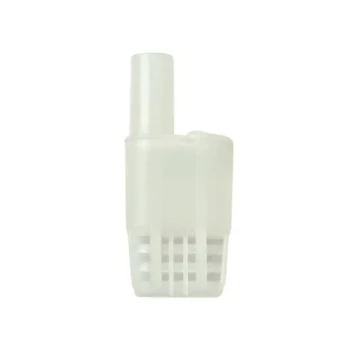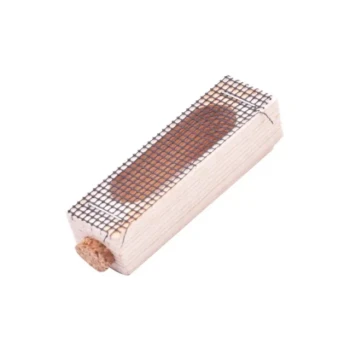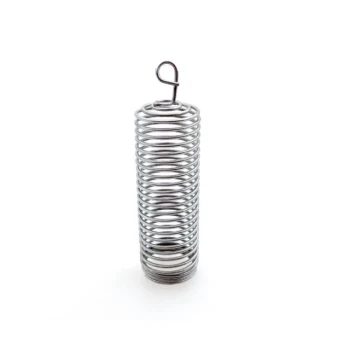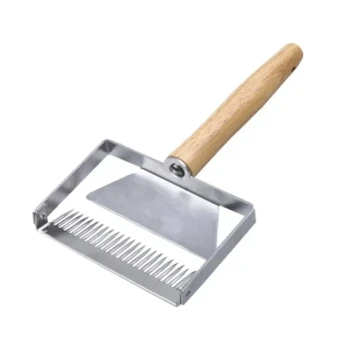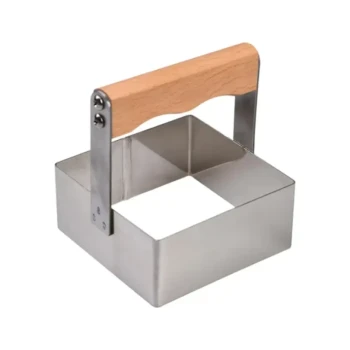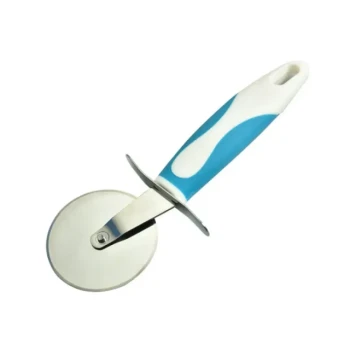Learning to mark your own queen bees is a pivotal skill that dramatically increases your confidence and efficiency as a beekeeper. The primary benefits are saving significant time during hive inspections, providing immediate confirmation that your hive is queenright, and allowing you to track the queen's age and history without relying on outside suppliers.
Marking your queen transforms a hive inspection from a stressful search into a strategic assessment. It provides an immediate, visual confirmation of your hive's most critical asset, allowing you to quickly diagnose its health and make informed management decisions.
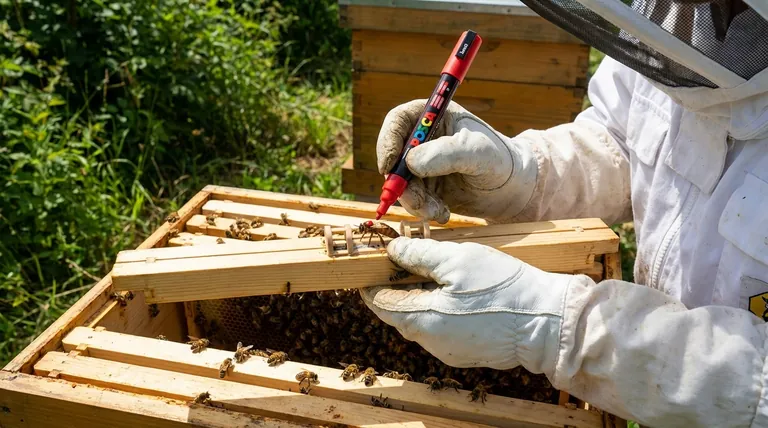
Why a Marked Queen Streamlines Hive Inspections
The most immediate benefit of a marked queen is the radical improvement it brings to your routine inspections. What can be a time-consuming and anxious task becomes simple and data-driven.
The End of "Queen-Spotting" Anxiety
Finding a single, unmarked queen among 50,000 other bees is a source of major stress for many beekeepers. A brightly colored dot on her thorax makes her stand out, instantly ending the search.
This reduces the time the hive is open, minimizing disturbance and stress on the colony.
Immediate Time Savings
Locating an unmarked queen can take many minutes. If you manage multiple hives, this time adds up астрономически over a season.
A marked queen can often be spotted in under a minute, freeing you to focus on the more important tasks of assessing brood pattern, food stores, and overall hive health.
Confidence in Your Assessment
Seeing a marked queen confirms the hive is queenright. You don't have to spend extra time searching for day-old eggs to prove her presence, giving you absolute certainty in your assessment.
Tracking Your Hive’s History and Health
Beyond simple identification, a marked queen provides a clear, long-term record of your hive's status. It tells a story that is crucial for advanced beekeeping.
Confirming Supersedure or Swarming
If your marked queen suddenly vanishes and you later find a new, unmarked queen, you have definitive proof of a supersedure (the colony replaced her) or a swarm (she left with a portion of the bees).
Without a mark, you might not notice the replacement for months, leaving you with incomplete information about your colony's behavior and genetics.
Knowing Your Queen’s Age
Beekeepers use an international color code for marking queens, which cycles every five years. This system allows you to know the year your queen was hatched at a single glance.
The color code is:
- White: Years ending in 1 or 6
- Yellow: Years ending in 2 or 7
- Red: Years ending in 3 or 8
- Green: Years ending in 4 or 9
- Blue: Years ending in 5 or 0
Knowing her age helps you anticipate when she may begin to fail and allows you to plan for her replacement proactively.
Evaluating Her Laying Pattern
Once you find the queen quickly, you can spend your valuable time evaluating what truly matters: her performance. You can directly observe the brood pattern around her, ensuring it is compact and healthy.
Understanding the Risks and Learning Curve
While the benefits are significant, it's crucial to approach this skill with respect and care. Marking a queen is not without its risks.
The Risk of Damaging the Queen
The primary risk is accidentally harming the queen. Applying too much pressure while holding her or using toxic paint can injure or kill her, which would be a major setback for the colony.
The Learning Curve
Gaining the confidence to calmly catch and handle a queen takes practice. It's a delicate operation that requires a steady hand and a calm demeanor.
Choosing the Right Tools
Always use specialized, non-toxic queen marking pens or paints designed for this purpose. Common craft paints or markers can be harmful to the bee.
How to Approach Queen Marking
Your strategy for learning this skill should align with your experience level and goals as a beekeeper.
- If you are a new beekeeper: Focus first on reliably finding your unmarked queen. Building this foundational skill is more important than marking her right away.
- If you are an intermediate beekeeper ready to learn: Practice catching and handling drones. They are larger, don't have stingers, and provide excellent, low-risk practice for developing a gentle touch.
- If your primary focus is efficiency and data: Adopt the international color code and mark all new queens to systematically track their age and performance across your entire apiary.
Ultimately, marking your queen transforms a key variable into a known constant, empowering you to manage your hives with greater precision and confidence.
Summary Table:
| Benefit | Key Impact |
|---|---|
| Faster Hive Inspections | Find the queen in under a minute, reducing colony stress. |
| Immediate Hive Health Check | Visual confirmation of a queenright hive. |
| Track Queen Age & History | Use the international color code to manage queen replacement. |
| Identify Swarming & Supersedure | Get definitive proof of colony behavior changes. |
Ready to manage your apiary with precision?
As a commercial beekeeper or distributor, the efficiency gained from marking your queens directly impacts your bottom line. HONESTBEE supplies the professional-grade, non-toxic queen marking kits and equipment you need to master this skill safely and effectively.
Let us equip you for success. Contact our wholesale team today to discuss your apiary's specific needs and discover how our supplies can help you build a more productive and profitable operation.
Visual Guide
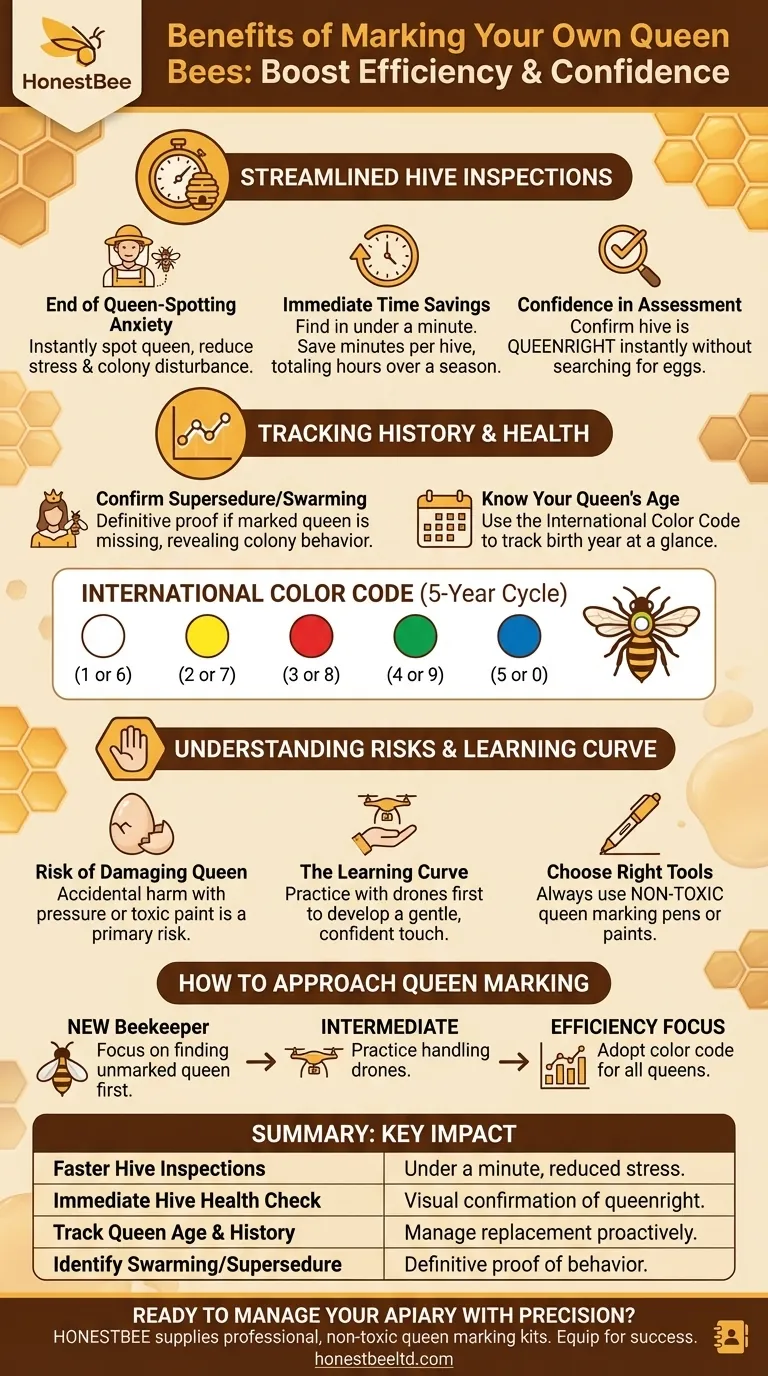
Related Products
- Queen Bee Marking Pen POSCA Queen Marking Pens for Beekeeping Bee Markers
- Queen Bee Marking Pen UNI Medium Point for Queen and Bee Marking
- Queen Bee Marking Tube Cage Bottle Catcher Holder with Clear Plastic Plunger Marker
- Professional Engraved Round Hive Number Tags for Beekeeping
- Professional Galvanized Hive Strap with Secure Locking Buckle for Beekeeping
People Also Ask
- What is the purpose of a queen marking pen in beekeeping? Essential for Efficient Hive Management
- What are the Queen marking colors associated with specific years? Master Hive Management with the 5-Year Color Code
- What is the purpose of marking queen bees with colors? Essential for Hive Management & Efficiency
- What should you do immediately after marking a bee? Ensure a Clean, Durable Mark with This Key Step
- Where is the queen bee typically marked? A Guide to Safe & Effective Queen Identification








